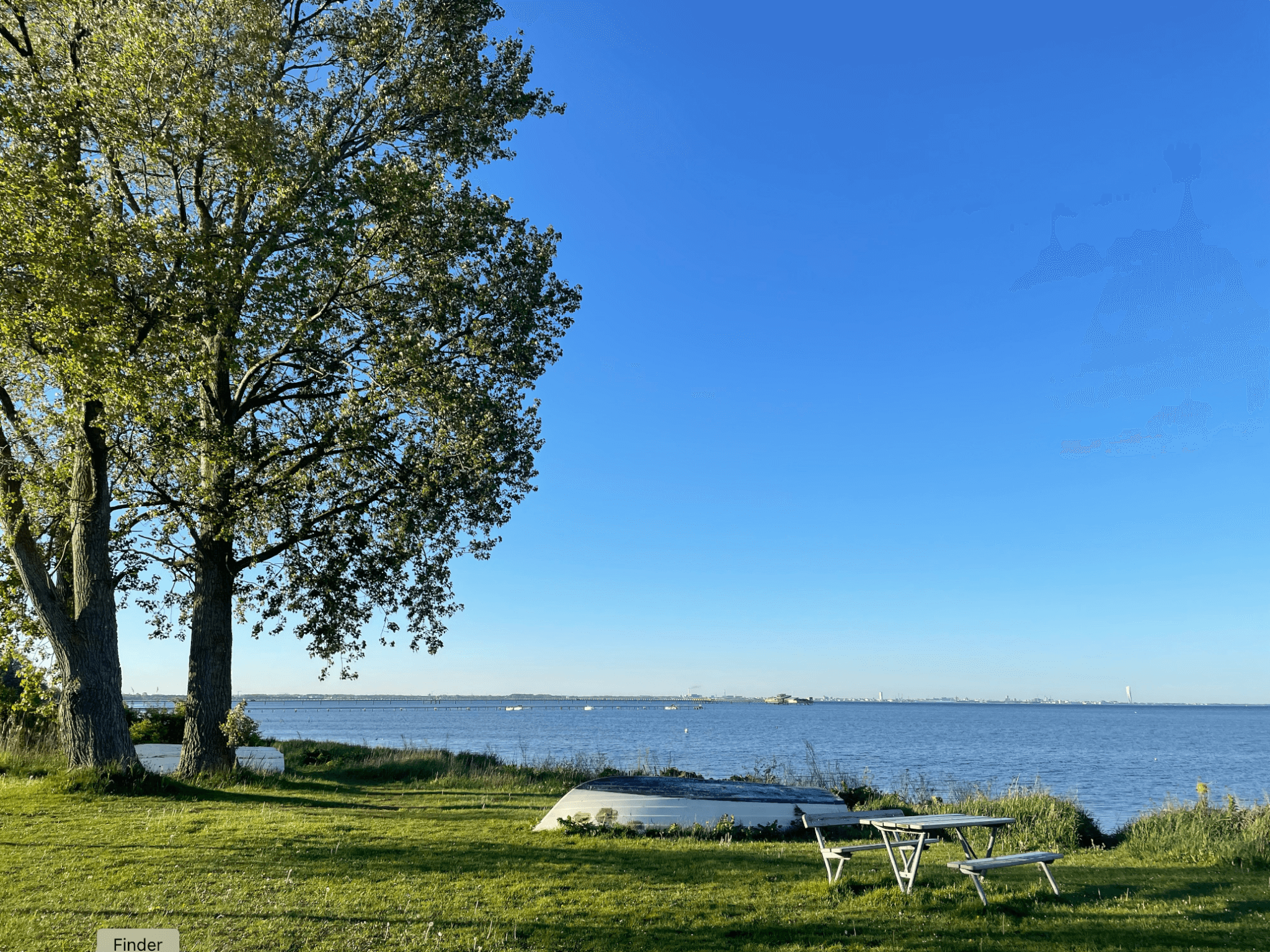
Social Media is dead, long live Social Media! Currently reading about a Social Media Entry Model for teachers (Machado et al., 2024)
Ok, so I just published two blog post, last weekend and today, on how I have lost interest in social media. And then I came across an article on a “Social Media Entry Model” for teachers to enhance student learning outcomes, by Machado et al. (2024), and here I am again… Curious enough to read the article, but yeah, maybe using social media to enhance student learning is pretty problematic!
In their model, they describe three entry points, at any of which teachers can enter and then move on to include one or both of the others:
Integrative
In the integrative entry point, Social Media use is integrated in the curriculum. One example is using Pinterest to co-create a shared collection of free e-books that students can use for the course, and students explain why they included certain resources. In another example, students add to a shared board as they explore theories that might be useful for their project, to, literally, bring everybody on the same page. This page is used as basis for discussion about quality of sources, theory development, and much more. Other examples use Instagram for health-related challenges, where students post their progress and comment on each other’s posts. Reflections about the process are then used for assessment.
One problem is pointed to, but not elaborated on, by the author: “Students who prefer not to use SM are provided with other alternatives”, so now I am obviously wondering what the alternatives to the cool Pintrest board with all the free resources would be? I cannot think of any equally good alternative, and that is actually a big problem if this is integrated in the course.
This is a model that I have actually argued for a lot in the past, but have since started seeing more problems than solutions here.
Supplementary
“Using this strategy, faculty can experiment with the use of SM in a stepwise fashion without much risk to the integrity of their existing course content or structure”: In contrast to integrating social media in the course as described above, in this entry point it is “just” an add-on.
But this entry point has the same problem as the one above: What happens to students who do not want to be on social media for privacy or other reasons? Just that it is supplemental does not mean that it shouldn’t be accessible to all students. So who are we excluding by doing something extra cool for those students who can and want to join us on social media (and from the description it does indeed sound super cool — study tips during exam periods, for example)? One solution is mentioned, and that is a widget that integrates the teacher’s Twitter/X feed in the learning management system, so students can see it without actively being on social media. But the teacher also offers “a bonus opportunity” to students who follow them, which I find very problematic.
A teacher also describes making sure that their identity is the same across the classroom, the learning management system, and social media, where they share the books on their shelves, the flyers on their pin boards, … “inviting students to come in, stay for a visit, and learn”. But then again, what about the students that don’t feel that social media is for them? Apparently, the “critical” information is made available to them, but why share the other information with a subset of students, if it isn’t also considered important (in which case, again, what about the “rest” of the students?)?
Community Building
Here, the use of social media goes way beyond the course. The examples shared use Snapchat and sound like a lot of fun. But again, what about students who don’t want to do that?
At this point in reading the article, I was really anticipating the next section on “legal, ethical, and socially responsible use”, but I didn’t find a lot in there except that this needs to be both modelled and explicitly taught. Grant funding was used to buy iPads that students could borrow if they did not have access to devices. The authors conclude that “we feel confident that faculty who take this leap of faith [i.e. starting to use social media] will be pleasantly surprised by how students become excellent partners in learning, teaching, and mentoring.” But to me, the big question remains: What about students that still do not have access? There are many reasons, including privacy concerns, for why students might be unable to participate. And suddenly all these great and well-meaning opportunities just increase the divide between students, letting some become “excellent partners in learning, teaching, and mentoring”, and some … not.
Featured image on this post: A picture that I took this morning FOR MY SOCIAL MEDIA but then forgot to post! Luckily I have a blog…
Machado, C, Hsiao, PY, Vaccaro, C and Baker, C. 2024. Entering the Social Media Stratosphere: Higher Education Faculty Use of Social Media with Students Across Four Disciplines. Journal of Interactive Media in Education, 2024(1): 8, pp. 1–17. DOI: https://doi.org/10.5334/jime.854